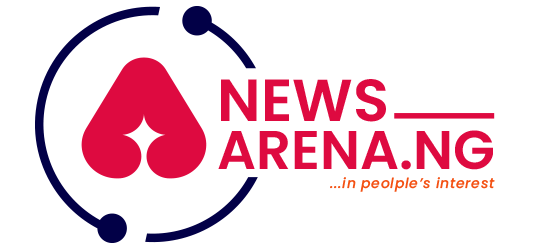The naira fell to an all-time low of N1,099.05/$ the official Investor and Exporter forex window on Friday to cap what has been a turbulent couple of months for the national currency.This signifies a 30.36 per cent decline from its closing rate of N843.07/$ according to data from the FMDQ Securities Exchange. This is the lowest rate that the naira has closed since the Central Bank of Nigeria moved to adopt the I&E window as the official trading channel for the naira.
Within the day, the national currency began trading at N844.10/$ before closing at N1099.05/$. Since June, the naira has lost more 40 per cent of its value adding to inflationary pressure in the country.

In June, the CBN declared, “The Central Bank of Nigeria wishes to inform all authorised dealers and the general public of the following immediate changes to operations in the Nigerian Foreign Exchange Market: Abolishment of segmentation. All segments are now collapsed into the Investors and Exporters window. Applications for medicals, school fees, BTA/PTA, and SMEs would continue to be processed through deposit money banks.

“Re-introduction of the ‘Willing Buyer, Willing Seller’ model at the I&E Window. Operations in this window shall be guided by the extant circular on the establishment of the window, dated 21 April 2017 and referenced FMD/DlR/ClR/GEN/08/007. All eligible transactions are permitted to access foreign exchange at this window.”
Since then, the naira has weakened steadily to solidify its place as one of the worst-performing currencies in Africa.
The World Bank recently stated, “So far this year, the Nigerian naira and the Angolan kwanza are among the worst performing currencies in the region: these currencies have posted a year-to-date depreciation of nearly 40 per cent.”





